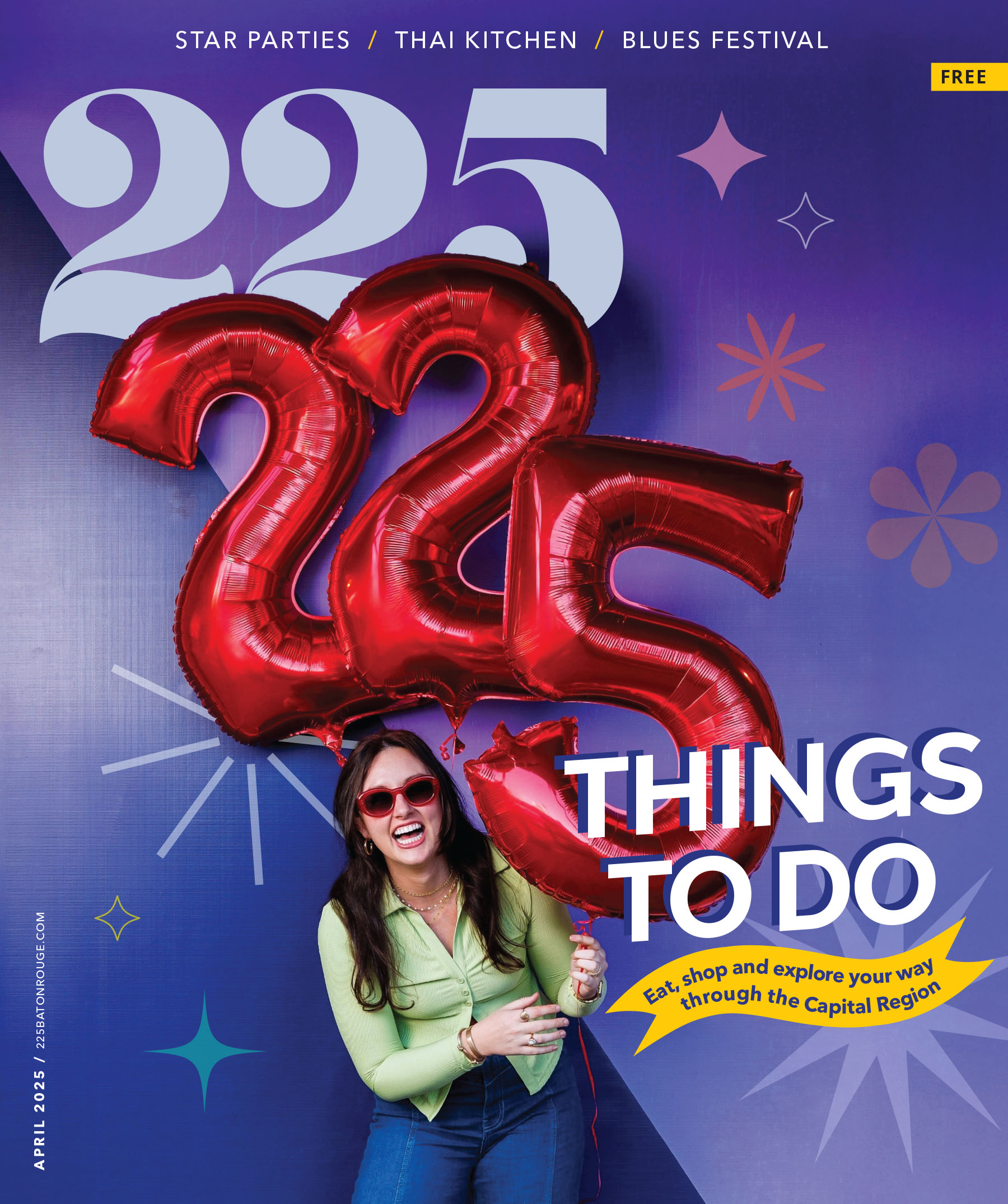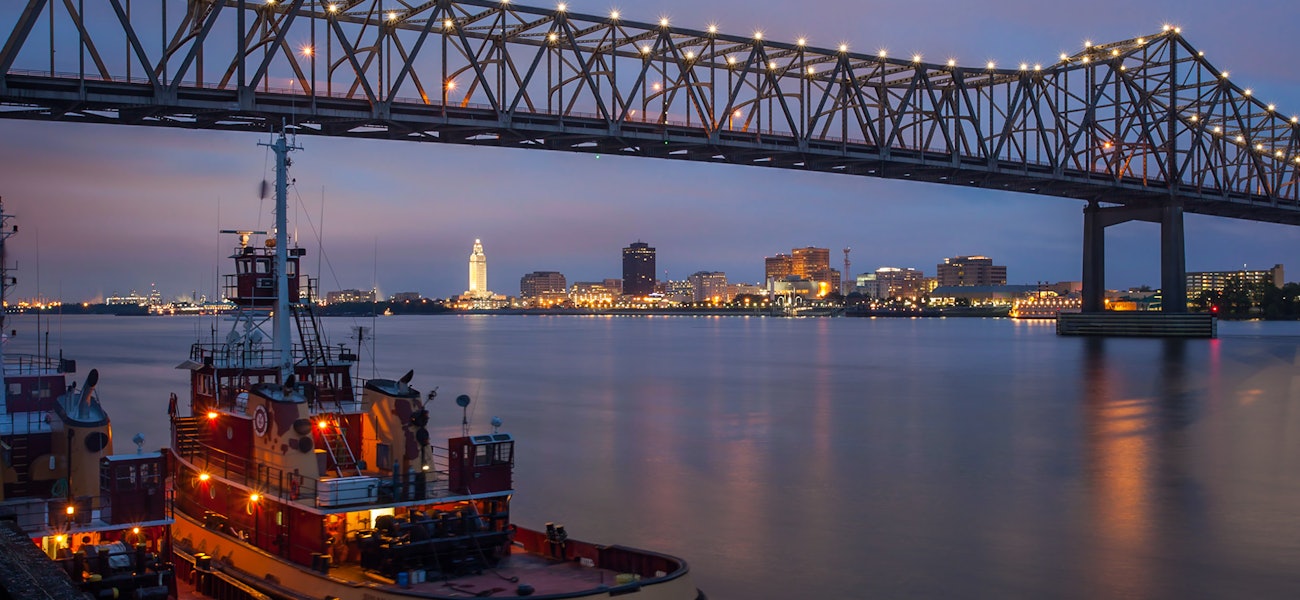Mark Bienvenu has spent a lot of time watching the sky. The photographer has been chasing sunsets locally for more than 10 years, always looking for a new way to capture the horizon. His unique eye has earned him awards, bylines in local and national publications and his work on the walls of local restaurants. He wanders around downtown and the levee with his camera so often that some nights he even decides not to take a picture.
“Sometimes, I’ll get packed up and go out and say, ‘You know what? I feel like I’ve seen that view 1,000 times before,” he says. “But I like to be out there, even if I decide not to take a picture. I can still watch the sunset. People see you with a camera and want to come up and talk, asking for tips about what I’m doing.”
And Bienvenu is more than happy to share those tips. Here, he offers seven suggestions for capturing the skyline, no matter what type of camera you have.
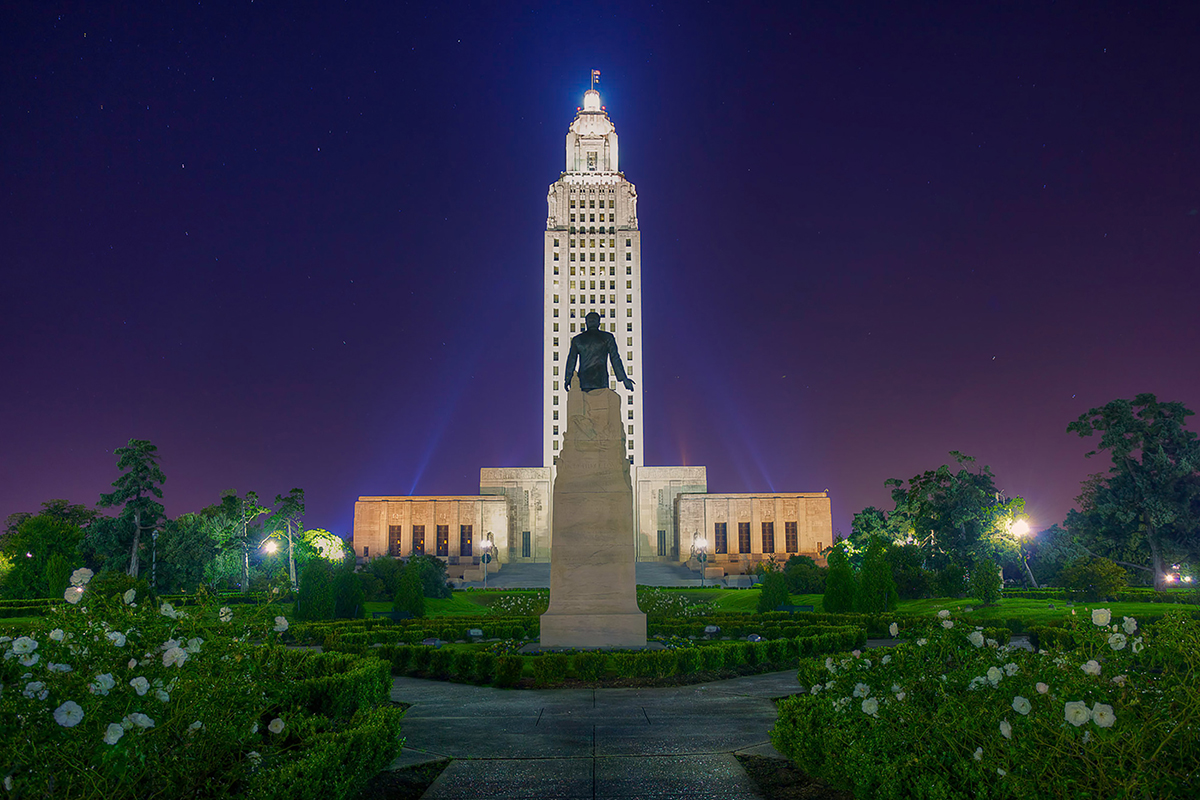
Get up early and go out late. “The best time of the day is always going to be sunrise or sunset,” he says. “Most of the day, the Mississippi River looks brown. But once the sun is setting, you’ll get reds and pinks and blues. Twenty minutes before and after [sunrise/set] is when the light is going to start changing. And right when you think it’s all over, just shoot for a few more minutes.”
Change your perspective. “You might get tired of taking the same pictures over and over again, but there are different angles you can use. Get low or high, shoot through a window, frame through the arches of trees—find a way to change your perspective. Stand on a bench when you’re by one, or crouch down. When you’re photographing something, turn around to get a reflection of that thing in a neighboring building.”
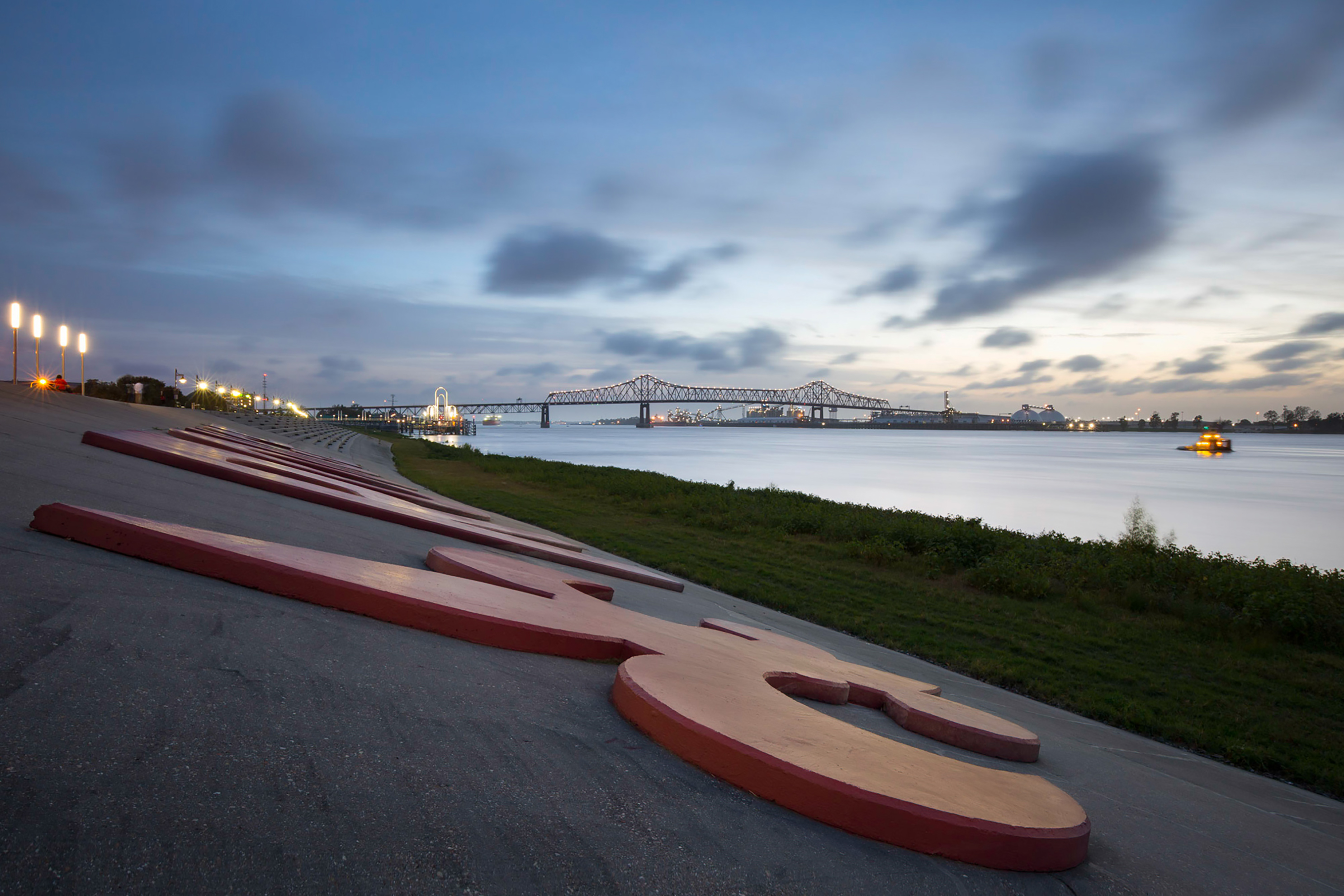
Shoot in all kinds of weather. “Work with the elements. Sometimes I look specifically for less-than-ideal weather. I have weather apps on my phone; Weather Underground tells me if there’s lightning or fog. I set it to alert me if there’s lightning up to 5 miles away, and I pack my things up and go.”
Learn how to edit. If the sky is looking flat in your iPhone picture, drop the photo into an app. “Any outstanding picture you’ve seen has been processed,” Bienvenu says. “I like Skrwt—I use it to straighten my perspective and up the saturation—and Snapseed, which I use for almost all of my editing. Snapseed lets you control everything about the picture. You can edit just the sky, just the grass or just the building. You can make the sky pop without affecting the rest of the image: If the sky were blown out, I could bring down the highlights.”
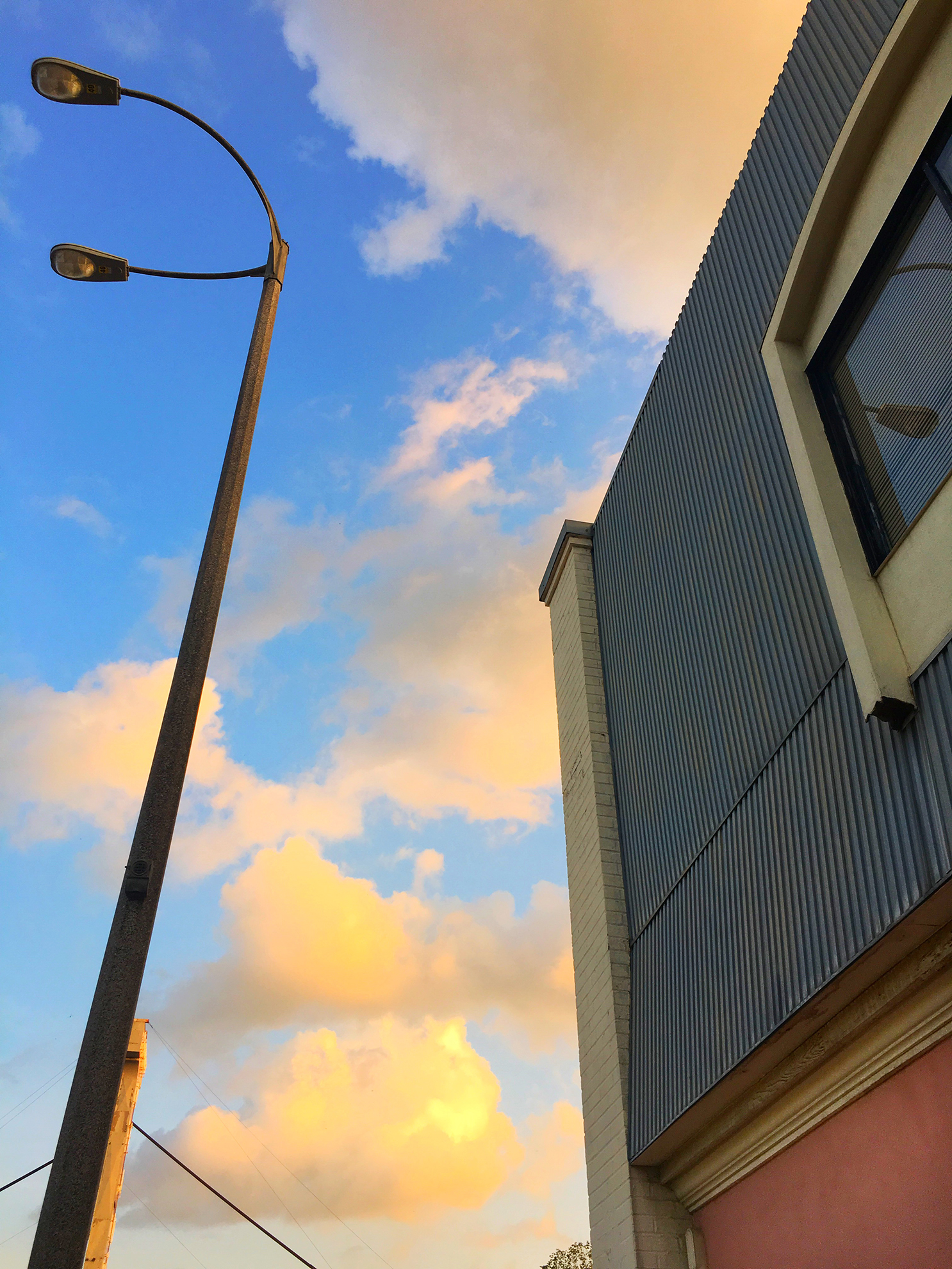
Combine two good pictures to make one great one. “The light on a building might look best at 6:30, but the sky might look perfect at 6:15. So, I’ll take a picture at each of those times, I’ll stack them into layers in Photoshop, and I’ll hand-paint pieces of those together.”
Know your phone’s limits. “Cell-phone cameras are great on a gorgeous perfect day, but at night if you’re trying to take a picture of the moon, you’ll notice a huge difference. The sensor inside the phone camera is not big enough for low-light situations,” he says. Also, many professionals prefer to shoot in RAW mode to allow for more control when editing, but that’s trickier to access on a phone. “Most phones have a RAW option, but the built-in camera doesn’t allow you to access that function. An app called Manual gives you better control over your camera and lets you shoot RAW, but it doesn’t make a huge difference.”
Still, don’t buy that DSLR just yet. “Slow down and spend time working on your composition before upgrading to a bigger lens or better camera,” he says. “Practice makes perfect.”
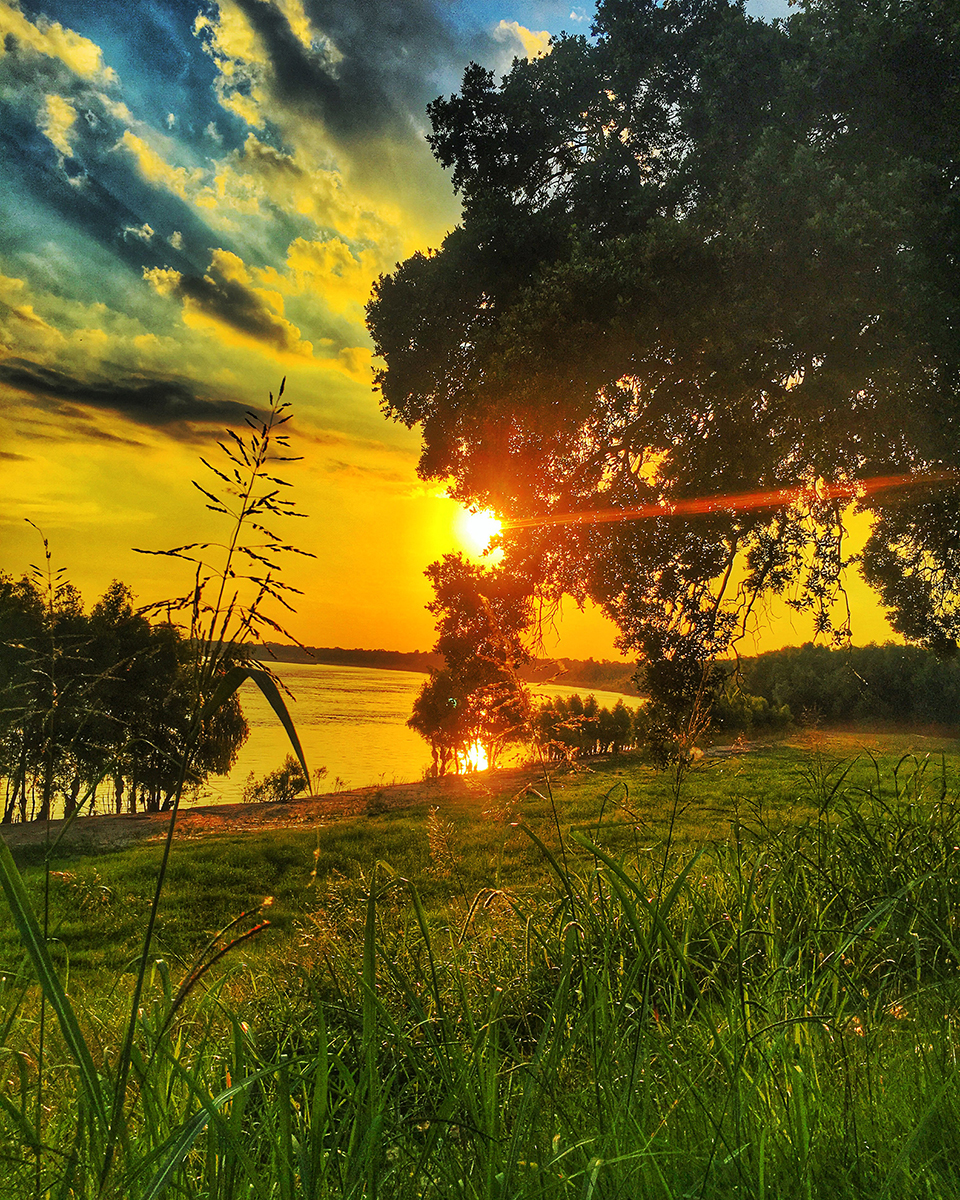
Click here to get back to our Baton Rouge home base.
This article was originally published in the May 2017 issue of 225 Magazine.
